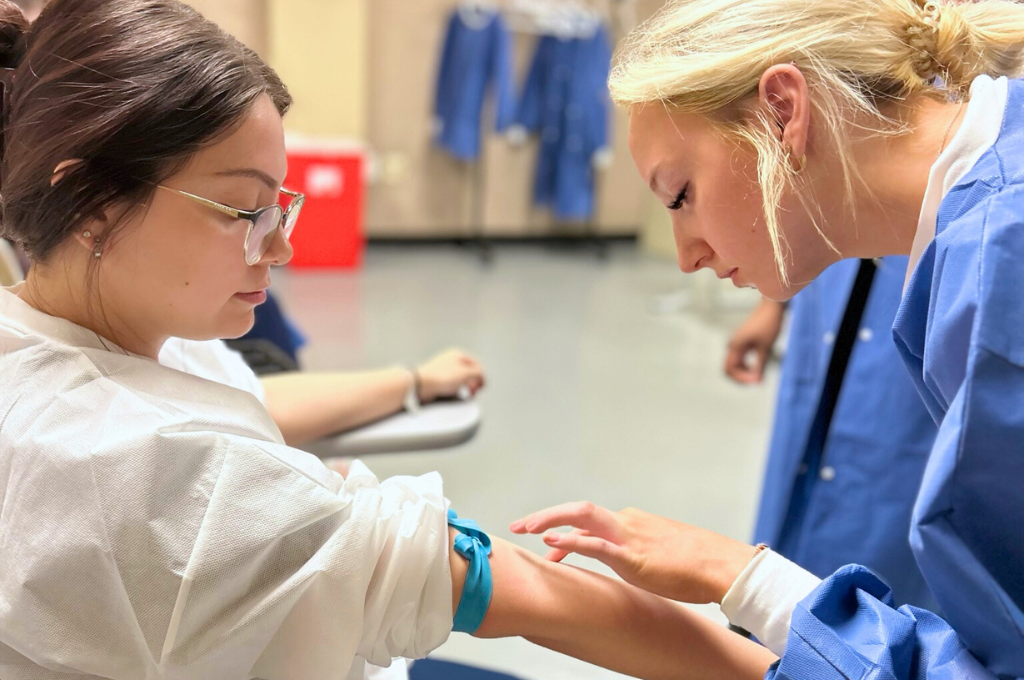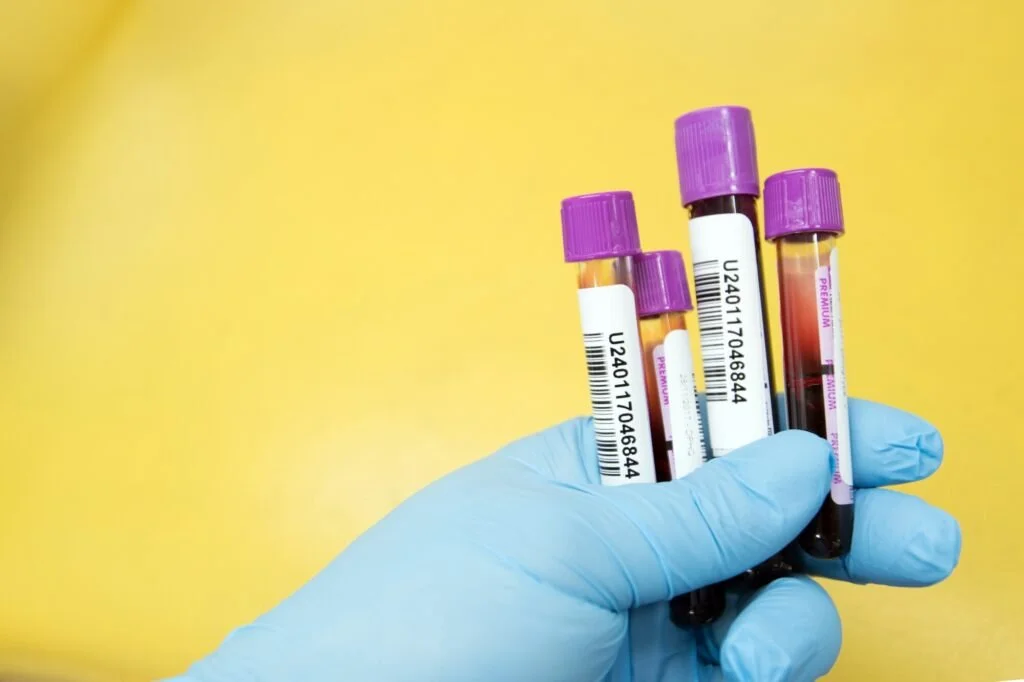Needle Technology For Difficult Veins In Pediatrics
Needle technology has greatly advanced over the years, allowing medical professionals to perform procedures with greater precision and accuracy. In pediatrics, obtaining vascular access can be challenging, especially when dealing with difficult veins in young patients. Fortunately, there are now needle technologies specifically designed to make this process easier and more efficient. In this article, we will explore the different needle technologies available for difficult veins in pediatrics and how they are improving patient care.
Appropriate Phlebotomy Needle Selection
Phlebotomy, the practice of drawing blood from patients for various medical tests and procedures, is an essential part of healthcare. When performing a phlebotomy procedure, one of the most important considerations is selecting the appropriate needle for the job. Choosing the right needle can make the procedure more efficient, less painful for the patient, and reduce the risk of complications. In this blog post, we will discuss the factors to consider when selecting a phlebotomy needle and provide some tips for making the best choice.
Latest Inventions In Blood Collection Needles
When it comes to healthcare, blood collection is an essential procedure that is performed on a daily basis. Blood collection needles play a crucial role in this process, as they are used to draw blood samples from patients for testing, diagnosis, and monitoring of various health conditions.
Types Of Vacutainer Needles
Vacutainer needles are an essential tool in the medical field for drawing blood and collecting samples for various diagnostic tests. These needles come in different types and sizes, each designed for specific purposes. In this article, we will explore the different types of Vacutainer needles and their uses.
Size Variations In Single-Use Phlebotomy Needles
Single-use phlebotomy needles come in a variety of sizes to accommodate different patient needs and healthcare settings. Understanding the size variations in these needles is essential for ensuring safe and effective blood collection procedures. In this article, we will explore the different sizes of single-use phlebotomy needles and discuss their implications for blood collection.
Best Single-Use Needles For Phlebotomy
When it comes to performing phlebotomy, having the best single-use needles is crucial. These needles are used to draw blood from patients for various medical tests and procedures. In this article, we will discuss some of the best single-use needles for phlebotomy, including their features, benefits, and why they are preferred by healthcare professionals.
Pain Level During Butterfly Needle Blood Draw
Getting blood drawn can be a nerve-wracking experience for many people. The fear of needles and the anticipation of pain can make the process seem daunting. However, one type of needle that is often used for blood draws, called the butterfly needle, is known for being less painful than traditional needles. In this article, we will explore the pain level during butterfly needle blood draws and provide tips for minimizing discomfort.
Butterfly Needle Advantages In Phlebotomy
Butterfly needles, also known as winged infusion sets, are commonly used in phlebotomy procedures for drawing blood from patients. These needles are smaller and thinner compared to traditional venipuncture needles, making them ideal for patients with small or fragile veins. Butterfly needles have several advantages in phlebotomy procedures, which we will discuss in this article.
Butterfly Needles Versus Traditional Needles
When it comes to drawing blood or administering medication, healthcare professionals have a choice between using butterfly needles or traditional needles. Both types of needles have their own advantages and disadvantages, and the decision of which one to use can depend on a variety of factors. In this article, we will explore the differences between butterfly needles and traditional needles, as well as when it might be more appropriate to use one over the other.
Blood Draw With Butterfly Needle Procedure
For many people, the thought of having blood drawn can be intimidating. However, it is a very common procedure that is necessary for various medical tests and treatments. One method that is often used for blood draws is the butterfly needle technique. This procedure involves using a small, butterfly-shaped needle to draw blood from a vein. In this article, we will provide a comprehensive guide to the blood draw with butterfly needle procedure.
Butterfly Needles For Blood Draw Sizes
Butterfly needles, also known as winged infusion sets or scalp vein needles, are a popular choice for drawing blood in healthcare settings. They are especially useful for patients with fragile veins, as the smaller gauge and shorter length of butterfly needles can help reduce the risk of vein damage and hematoma formation. In this article, we will discuss the different sizes of butterfly needles available and their uses
Butterfly Needles For Blood Draw
Butterfly needles, also known as winged infusion sets or scalp vein needles, are a popular choice for drawing blood in healthcare settings. They are especially useful for patients with fragile veins, as the smaller gauge and shorter length of butterfly needles can help reduce the risk of vein damage and hematoma formation. In this article, we will discuss the different sizes of butterfly needles available and their uses.












